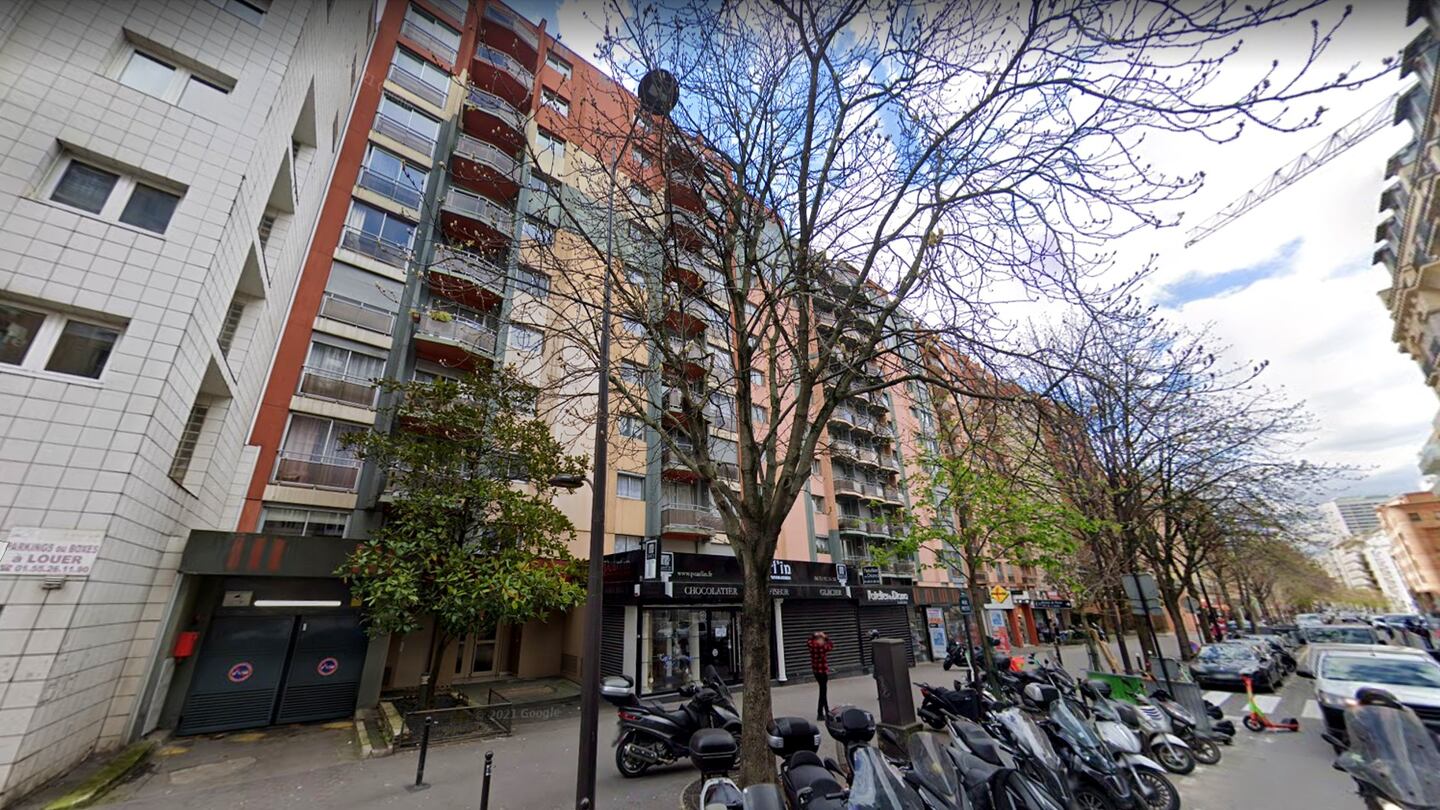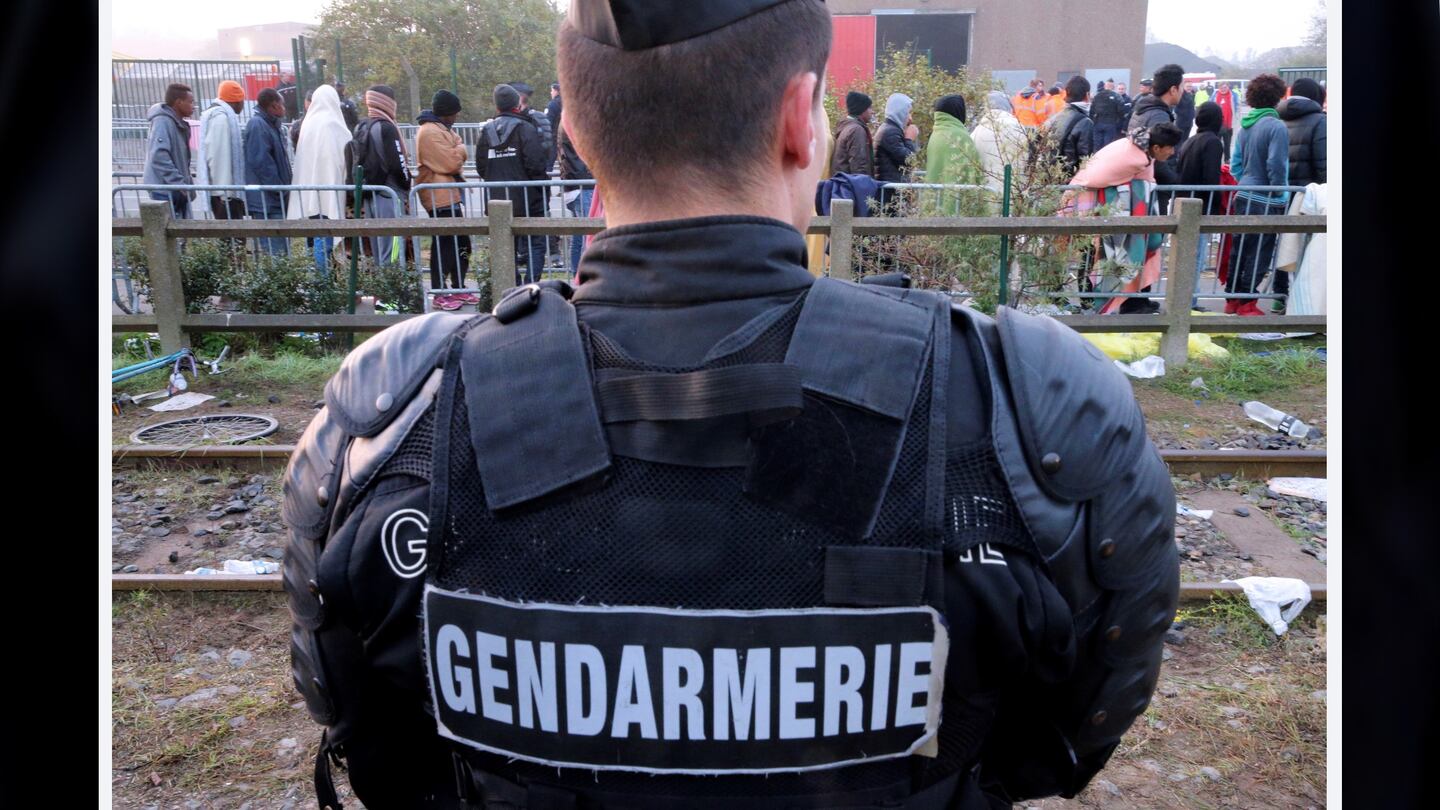PARIS — The sudden suicide of a retired French policeman and subsequent tests of his DNA have confirmed that he was the notorious “le Grêlé,” a serial killer and rapist responsible for at least four murders and six rapes in Paris in the 1980s and 1990s.
François Vérove, 59, of La Grande-Motte, was due to be questioned in the unsolved case the day he died, according to French authorities. His body was found Wednesday in a rental property in the resort of Le Grau-du-Roi, located about 485 miles from Paris on France’s Mediterranean coast.
He died of a drug overdose, The Associated Press reported.
Didier Seban, a lawyer representing the families of Vérove’s alleged victims, told the BBC that Vérove left a note suggesting he was the person behind the string of violent crimes, which included the 1986 rape and murder of 11-year-old Cécile Bloch.
“I admit being a great criminal who committed unforgivable acts until the end of the 1990s,” the note read, according to le Parisien.
Though Vérove’s note did not detail which crimes he was taking responsibility for, DNA testing done after his death proved he was the serial killer, Paris prosecutor Laure Beccuau said Thursday.
“DNA tests which were immediately ordered by the investigating magistrate established a match between the genetic profile found at several crime scenes and that of the dead man,” Beccuau said, France 24 reported.
Neighbors in La Grande-Motte, located minutes from where Vérove took his life, expressed shock over the announcement that the friendly husband and father they knew was accused of such violence. One neighbor recalled for France public television a neighborhood meal Vérove organized in 2018.
Vérove also previously served as a town councilor in Prades-le-Lez, where he lived for many years. Jean-Marc Lussert, the former mayor, said he was disturbed to learn of the allegations against his former friend and colleague.
“He sat on the communal committee for social action,” Lussert said. “He participated in the discussions about whether we were helping people, how we were helping them. It is very destabilizing.”
‘Le Grêlé’s’ trail of terror
Prior to last week, Cécile Bloch’s brutal killing was one of France’s oldest unsolved cases.
The Paris schoolgirl was reported missing after her parents realized she’d failed to show up for class the morning of May 5, 1986. She was found raped and stabbed to death under a piece of carpet in the basement of her family’s apartment building, located on Rue Petit in Paris’ 19th arrondissement, or district.
According to France’s CNews, authorities theorized that Cécile was accosted on the elevator shortly after her parents had left for work. The killer then forced her down into a basement in the 10-story building.
Cécile’s mother, Suzanne Bloch, called home around lunchtime to ensure that her daughter had made it home safe for the midday meal. Worried, she went home and found the apartment empty.
She called her daughter’s school and learned she’d never made it there, the news site reported.
Several residents of the building, including Cécile’s half-brother, Luc Richard, remembered seeing an unfamiliar man with an acne-scarred face the morning of the murder. Richard has previously told reporters that the man, with whom he shared an elevator ride, was polite but “too polite” for a stranger.
“He seemed very sure of himself. He spoke to me in a very bold, very polite way, too. He said something to me like, ‘Have a very, very good day,’” Richard told Sud Ouest in 2015.
Richard helped a sketch artist create a drawing of the man, who was dubbed “le Grêlé,” or “the pockmarked.”
Neither Suzanne nor Jean-Pierre Bloch would live to see their daughter’s killer identified.
Un homme, qui devait être entendu dans le cadre de l’enquête dite du «grêlé», non-résolue depuis 1986, a été retrouvé mort hier.
— Les Jours (@Lesjoursfr) September 30, 2021
Nouveau rebondissement dans cette histoire racontée par @Patourancheau en 12 épisodes passionnants à lire sur «Les Jours»:⁰https://t.co/Od7KiJ84Ns
The unsolved case was closed in 1992, but in 1996, a new judge reopened it and ordered testing of the biological material collected from the scenes, the AP reported. The DNA from the Bloch crime scene linked the killer to three more murders and six rapes.
Cécile’s killer was responsible for the 1987 double homicide of Gilles Politi, 38, and his 20-year-old German au pair, Irmgard Müller, as well as the 1994 killing of Karine Leroy, 19, who, like Cécile, vanished on her way to school.
Leroy’s body was found more than a month later in some woods, the BBC reported.
French newspaper La Depeche reported that in the Politi-Müller murders, the victims were found naked, bound and gagged and had been burned with cigarettes. One witness told police that Müller, the au pair, had dated a man with pockmarked skin.
The killer’s DNA profile additionally linked him to several rapes, including that of an 8-year-old girl sexually assaulted less than a month before Cécile’s murder. Like Cécile, the girl was attacked in a building’s basement, according to La Depeche.
The girl, identified only as Sarah, told investigators the man had identified himself as a police officer.
In three of the other rape cases, which involved a 26-year-old woman and two young girls ages 11 and 14, the rapist did the same.
Authorities were worried but could not be sure if it was a ruse to gain victims’ trust — or if their elusive suspect was in law enforcement. According to Sky News, the rapist and killer used an apparent police identification card and handcuffs to restrain and abduct some of his victims.
“We had this conviction that he was either an officer or a gendarme (a French paramilitary officer), both from the violence he used against his victims and the tactics he adopted,” Seban told France public television.
That hunch proved correct.
Sky News reported that the investigation into the unsolved serial rapes and murders began heating up recently as cold case detectives uncovered evidence that the killer, who drove a white car, had been a member of the Gendarmerie Nationale. His final known crime was committed near a gendarmerie training center, and the killer used restraint techniques that are taught to police and military members.
Over the past few months, an investigating magistrate began questioning about 750 current or former members of the security forces who were stationed in Paris when the crimes took place.
According to France 24, Vérove received a summons on Sept. 24 ordering him in for questioning on Wednesday. He was also expected to provide a DNA sample at that time.
Vérove’s wife reported him missing on Monday, Sept. 27.
>> Read more true crime stories
Beccuau confirmed that Vérove had served as both a gendarme and a police officer before his retirement. He had lived quietly with his wife and children in a residential area of Le Grau-du-Roi for several years since, France 24 reported.
Vérove reportedly wrote in his note that he’d gotten his “past impulses” under control and that he had committed no crimes after 1997.
Seban was skeptical.
“We won’t ever know all the crimes “Le Grêlé” committed,” the lawyer told the BBC.
©2021 Cox Media Group










